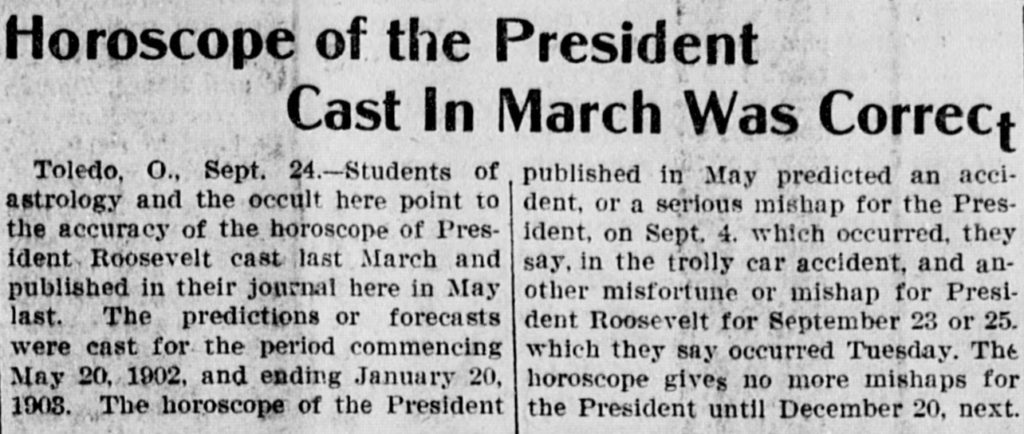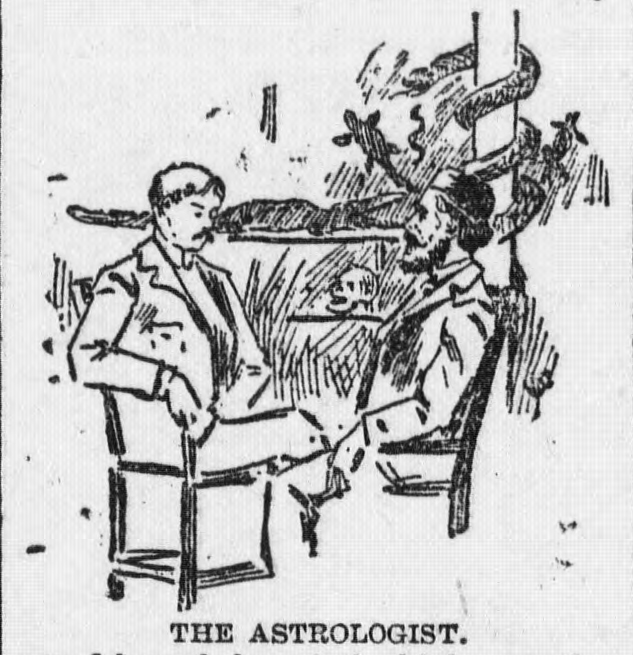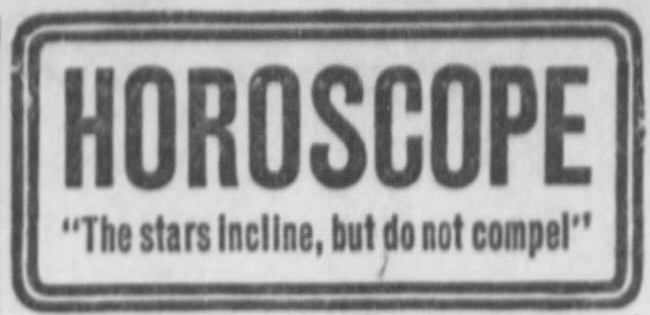“The stars incline, but do not compel”

Since the beginning of human existence, mankind haslooked to the stars and other celestial bodies for explanations of human behavior and earthly events in a practice knownas astrology. Early astrologers observed and predicted seasons, star movements, lunar cycles and more, so it may not be surprising to learn that astrology was, at least initially,closely tied to astronomy.Today, astrology is largely considered a belief system, while astronomy is a science that seeks tounderstand the physics of the universe. During its long history, astrology has fallen in and out of popularity, and ultimately, it was the birth of modern philosophy andscientific advancements in the study of the universeduringthe17th century’s “Age of Reason” that led to thedecisive distinction between astrology and astronomy.
Despite losing its scientific standing, astrology is here to stay, and it has enjoyed more than one revivalsince the 17th century. One such revitalizationoccurred during the late 19th and early 20th century, in conjunction with the revival of spiritualism and the growing popularityof mass media. Newspapers provided a platform for the distribution of information on astrology, initially reported on as a pseudoscienceand then as a trend that spread from England to the United States. From horoscopes to predictions of future political and cultural events, newspapers were riddled with astrological information. Today we’ll explore how Ohioans were exposed to astrology during this time period – were they skeptical or were they believers?

Mid-19th century newspaper content might incorporate astrological advertisements,historical information on astrology, or stories that included astrologers or thedrawing of horoscopes. At this time, astrology was treated with a measure of skepticism, however. TheUrbana Union ended its 1869 article on the history of astrology with the following comment: “Notwithstandingthose strange and startling coincidences arising in the records of astrology, there is no doubt in our enlightened times that the believers in it, as a science, were the dupes of imagination. As knowledge spread, the credulity in its predictions retired into the breasts of those who progress did not reach.” Eight yearsearlier,the SalemAnti-Slavery Bugle, in response to a question from a reader about whether there is any law in Ohio against astrology, wrote “[…] we can only say we know of no law against Astrology in Ohio, save the law of Common sense.”

A few decadeslater, when astrology was beginning to gain popular appealagain,an 1894 article in the NapoleonDemocrat Northwest and Henry County Newsindicates that astrologers and fortune tellers were not just “confined to the ignorant classes […] because the most profitable patrons of the professional prophet are the rich.”Advertisements for astrologers could be found, as well as news related to horoscopes: in 1902, for example, the Akron Daily Democrat reported on its front page that a horoscope cast by students in Toledo accurately predicted “an accident, or serious mishap” for President TheodoreRoosevelt who was in a trolley car accident on September 4 of that year.
Fascination withastrology, horoscopes and the zodiac peaked in the 1910s. Daily horoscopes were regularly printed in some newspapers, including the Cleveland News (according to its Mahoning Dispatch ad),and the Celina Democrat. In 1914, thePerrysburg Journalmentioned the shared birthday of President Woodrow Wilson, Ohio Governor-elect Frank B. Willis and the newspaper’s editor, noting that “the horoscope for people of that birthday predicts ‘a troubled year marked by many petty annoyances.” Predictions on the end of the Great War were also published: “Prof. Ignatius Dunk, the eminent past, present and futurer, has been studying the zodiac, the almanac and the spirits (frumenti) and has given a palpitating world the result of his findings. The war will end January 28 next at 2:47 in the afternoon.” Although this particular prediction was printed sarcastically and immediately undermined by the author’s note that previous predictions by Prof. Dunk were inaccurate, the presence of this and similar articles connecting astrology to currentevents suggests that there were plenty of Ohioans, like others across England and the United States, that were intrigued – and evenconvinced – by astrology and its supposed ability to predict the future.

For more information as well as search tips for finding historic newspaper articles on astrology, visitZodiac Craze, part ofthe Library of Congress’s Topics in Chronicling Americaresource. If you’re interested in other ways Americans dabbled in alternativemethods forunderstanding their pasts, presents and futures, check out their other topic guides, such as Hypnotism, “The Interpretation of Dreams” andThe Ouija Board.
Thanks to Jenni Salamon, Coordinator for the Ohio Digital Newspaper Program, for this week’s blog post!



Leave a Reply
You must be logged in to post a comment.